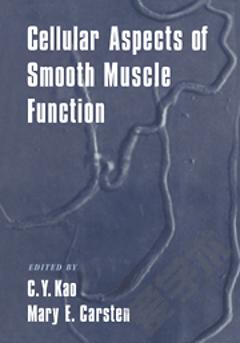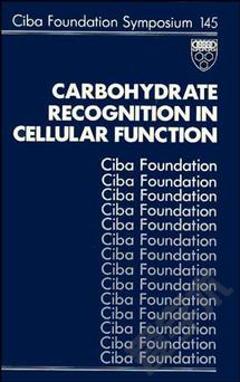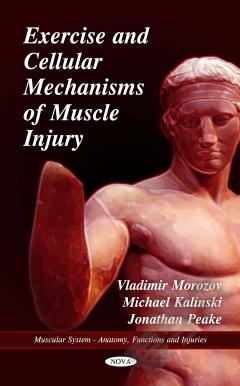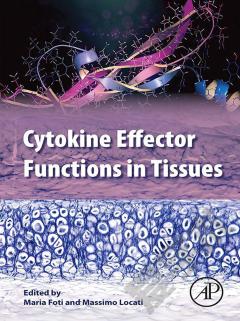Cellular Aspects of Smooth Muscle Function
Smooth muscles line many internal organs and, in general, are involved in moving fluids and slurry around the body. They are controlled by the action of hormones, by nervous stimulation, and can be influenced by drugs. This 1997 book provides a review of our understanding of smooth muscle and integrates molecular, cellular and physiological information with tissue and anatomical studies. Well-known researchers have written chapters giving detailed reviews of our current knowledge of the biochemistry, pharmacology, physiology and anatomy of smooth muscle. In particular, they cover the seven most important areas of smooth muscle function including morphology, electrophysiology, mechanisms of electromechanical and pharmacomechanical coupling, calcium homeostasis, signal transduction, mechanics of contraction, and the contractile proteins. All those interested in muscular contraction will find this book worthwhile, whether they are biochemists, physiologists, or cell biologists.
{{comment.content}}








 京公网安备 11010802027623号
京公网安备 11010802027623号